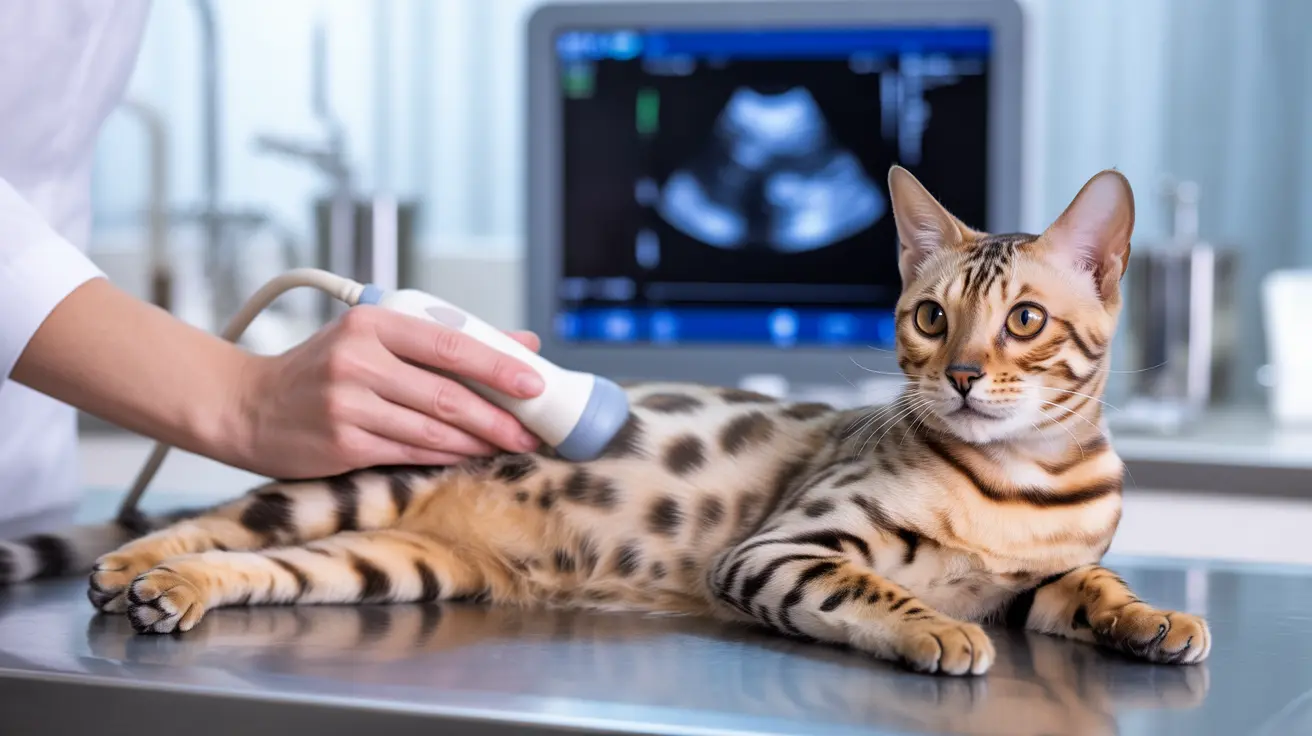Vacuolar hepatopathy is a complex liver condition that affects cats, characterized by the formation of small fluid-filled spaces (vacuoles) within liver cells. This condition, while sometimes overlooked, can significantly impact your cat's health and often signals underlying medical issues that require attention.
Understanding vacuolar hepatopathy is crucial for cat owners, as early detection and treatment can make a substantial difference in your pet's prognosis. Let's explore this condition in detail, from its causes to treatment options.
What is Vacuolar Hepatopathy?
Vacuolar hepatopathy occurs when abnormal amounts of substances like glycogen, fat, or other materials accumulate within liver cells, creating visible vacuoles. This accumulation can disrupt normal liver function and may indicate various underlying health issues.
While this condition is often reversible when caught early, it requires proper diagnosis and treatment of the root cause to ensure the best outcome for your cat.
Common Causes and Risk Factors
Several factors can contribute to the development of vacuolar hepatopathy in cats:
- Long-term steroid medication use
- Endocrine disorders (diabetes, thyroid conditions)
- Cushing's disease
- Chronic inflammatory conditions
- Certain medications
- Nutritional imbalances
Signs and Symptoms
Cats with vacuolar hepatopathy may display various symptoms, including:
- Increased thirst and urination
- Loss of appetite
- Weight loss
- Lethargy
- Vomiting
- Enlarged abdomen
- Jaundice (yellowing of skin and eyes)
Diagnosis Process
Veterinarians typically use multiple diagnostic tools to confirm vacuolar hepatopathy:
- Blood tests to check liver enzyme levels
- Ultrasound imaging
- Liver biopsy (for definitive diagnosis)
- Additional testing for underlying conditions
Treatment Approaches
Treatment for vacuolar hepatopathy focuses on addressing the underlying cause and may include:
- Adjusting or discontinuing steroid medications
- Managing concurrent endocrine disorders
- Dietary modifications
- Supportive liver care
- Regular monitoring of liver function
Prevention and Management
While not all cases of vacuolar hepatopathy are preventable, certain steps can help reduce risk:
- Regular veterinary check-ups
- Careful monitoring when using steroid medications
- Proper diet and nutrition
- Prompt treatment of underlying conditions
- Weight management
Frequently Asked Questions
What are the common causes of vacuolar hepatopathy in pets?
Vacuolar hepatopathy in pets is commonly caused by long-term steroid use, endocrine disorders like Cushing's disease or diabetes, and various metabolic conditions. Other contributing factors can include chronic inflammation and certain medications.
How is vacuolar hepatopathy diagnosed in dogs and cats?
Diagnosis typically involves blood tests to check liver enzyme levels, ultrasound imaging of the liver, and often a liver biopsy for definitive confirmation. Your veterinarian may also conduct additional tests to identify underlying conditions.
Can vacuolar hepatopathy be treated, and what are the typical treatments?
Yes, vacuolar hepatopathy can often be treated successfully. Treatment focuses on addressing the underlying cause, which may include adjusting medications, managing endocrine disorders, or implementing dietary changes. The condition is often reversible when properly treated.
Are certain breeds more susceptible to vacuolar hepatopathy?
While specific breed predispositions aren't well-documented in cats, some genetic factors may influence susceptibility. The condition can affect any cat, regardless of breed.
How can I prevent or reduce the risk of vacuolar hepatopathy in my pet?
Prevention strategies include regular veterinary check-ups, careful monitoring when using steroid medications, maintaining a healthy diet, and prompt treatment of any underlying conditions that could affect liver health.
Understanding and managing vacuolar hepatopathy in cats requires attention to detail and regular veterinary care. By staying informed and vigilant about your cat's health, you can help ensure early detection and successful treatment of this condition.






